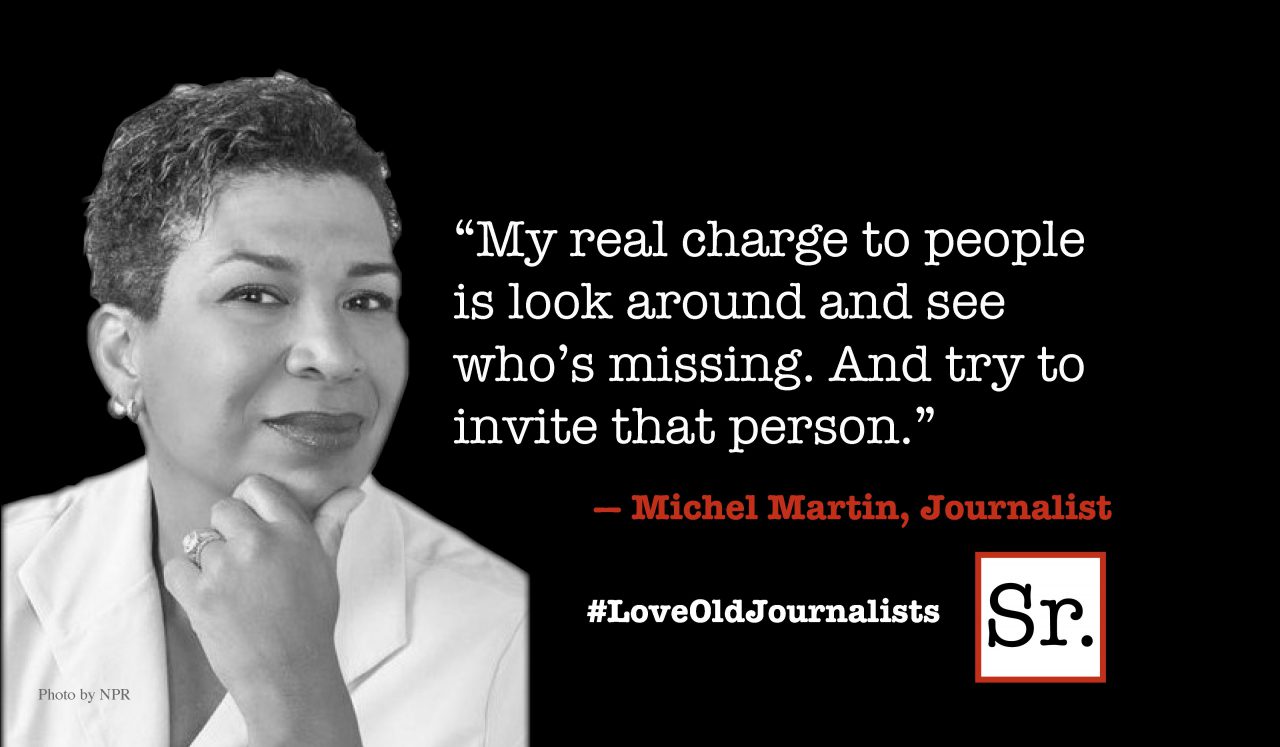Has Syria passed the point of no return on the road to a long and vicious sectarian war that will wreck the country and might spill across its borders?
The question merits asking after the May 25 killing of at least 108 people, 83 of them women and children, in a cluster of villages in central Syria. Most of the victims at the place, Houla, were shot at close range, according to the United Nations human rights office in Geneva. Gunmen going from door to door killed entire families. One video clip posted online showed a dead infant, a pacifier still in his mouth.
It was one of the bloodiest incidents in a conflict that began with peaceful protests against the authoritarian rule of the Assad family and morphed into guerrilla warfare against the government. Precisely how the massacre unfolded is difficult to establish in the absence of independent reporters, but there is little doubt over the sectarian nature of the killings.
Houla, a cluster of villages in central Syria, is inhabited by Sunni Moslems, who make up the majority of Syria’s 20 million people. The surrounding villages are Alawi, the minority sect whose members have held key positions in Syria for the past 40 years. President Bashar al-Assad is an Alawi, as are most officers in the Syrian army, intelligence services and the shabiha, the pro-government militia who went from house to house to kill people “execution-style,” in the description of U.N. human rights monitors.
That evoked memories of the ethnic cleansing of the Balkan wars in the 1990s, or the sectarian violence that swept through Iraq after the 2006 bombing of the Golden Mosque in Samarra.
Former U.N. Secretary General Kofi Annan described the Houla massacre as an “appalling crime” and told a press conference in Damascus that “we are at a tipping point.” Annan was in the Syrian capital to urge the government to comply with the terms of a peace plan he drew up in February on behalf of the United Nations and the Arab League. The plan’s six points include a ceasefire — ignored by both sides — and “an inclusive Syrian-led political process to address the legitimate aspirations … of the Syrian people.”
Such a process would have to include Bashar al-Assad, who has shown no inclination to negotiate himself out of power and appears confident that his army’s supremacy over the opposition — a motley collection of politically divided groups — will allow him to crush his antagonists. The death toll has passed 10,000, according to the U.N., and is climbing daily.
While Russia, Syria’s staunchest backer, condemned the Houla killings (without apportioning blame), it continues to deliver arms to the regime. Even as much of the Western world expressed outrage, a freighter loaded with Russian weapons was reported to be heading towards Syria.
A steady flow of weapons for the military is one reason for skepticism about an end to the violence. Another reason: the lack of international consensus on how to deal with the Assad regime, which has insisted, in the face of much evidence to the contrary, that the fight is largely between the government and foreign, or foreign-sponsored “terrorists.”
The West’s response to 14 months of violence in general and the Houla massacre in particular has been largely rhetorical and symbolic. By midweek, 12 governments had expelled Syrian diplomats in a move to complement verbal condemnation of the Houla killings that ranged from “despicable” to “vile.” Russia promptly termed the expulsions counterproductive.
Despite the harsh language on Syria from Washington to Paris, London and Berlin, there is no appetite for military intervention under the “responsibility to protect” doctrine that was used to bring down the dictatorship of Libya’s Mouammar Ghaddafi. In Syria, there is, so far, not even a glimmer of light at the end of the tunnel.
Read the latest updates here.








